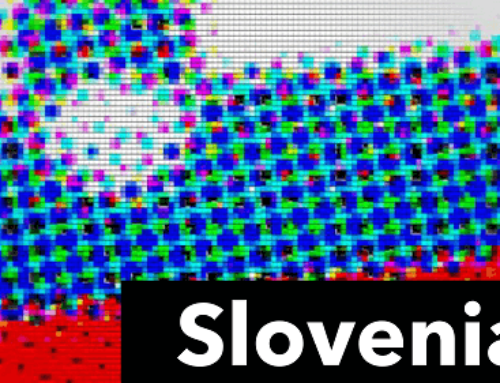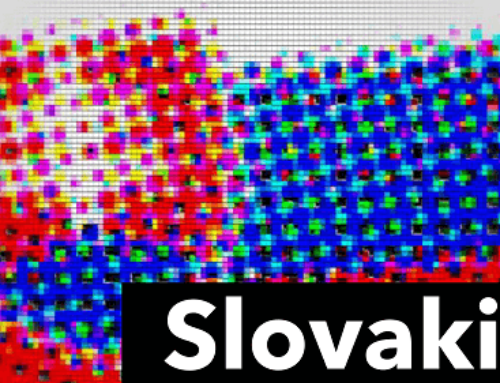Poland, a country of 40 million people, is located in Central Europe and has attracted attention mainly due to ongoing conflicts over the rule of law and the country’s division by right-wing populist governments. The following report shall give a brief insight into the structures of the country.
Poland as an independent state since 1918
In 1918, the independent state of Poland was established. This was sort of a sensation, because after 123 years there was a Polish republic for the first time (but without fixed borders and without an army). However, after a Polish-Soviet war in 1920, Poland gained control of a large number of territories. The Second World War left great marks on the country through the extermination of the Jewish population, military destruction, and the lack of support from the Soviet Union. In the 1950s, Poland became part of the Warsaw Pact. From 1980, however, followed the Polish population against socialism and trade unions came together for the first time. The first free elections was held in 1990, which brought a desire for orientation in Western alliances. The current constitution has been in force since 1997. [1]
The political system of Poland
The Polish President is directly elected by the people for five years. Although he has primarily representative tasks, he is also heavily involved in foreign policy and can reject laws. In 2020 Andrzej Duda denied his second term as President. The Parliament consists of two chambers and has a legislative period of four years. The Sejm forms the first chamber and contains 460 deputies who are responsible for legislation. The Senate, as the second chamber with 100 senators, represents regional areas and has an advisory role in legislation. In 2019, the national conservative governing party PiS was able to assert itself again with 44% of the votes. However, the party is extremely critical towards the EU and puts Poland’s national identity in the foreground. The government is headed by the Council of Ministers; the majorities in Parliament must be taken into account in the formation of the government and the President must appoint them. [2]
The Polish government is currently conspicuous for its problems with compliance with the rule of law: It is trying to bring the press and the judiciary under its direct control. Recently, the constitutional court even issued a new verdict, which puts national law ahead of EU law. The EU is sharply critical and reacts not only with infringement proceedings, but also cuts funding due to these violations of the rule of law. [3]
Economic and international developments
Very soon after the dissolution of the Warsaw Pact, Poland sought western alliances with the EU and NATO. It joined NATO in 1999 and the EU in 2004. The currency in Poland is still the Polish zloty. There is generally a strong regional economic divide in the country: Eastern areas are sparsely populated, and unemployment is high. Nevertheless, agriculture is of great importance for the economy, since almost 11% of the employees work in it. Polish foreign trade is also closely linked to the EU through the vehicle production. [4]
Christine Tapler





